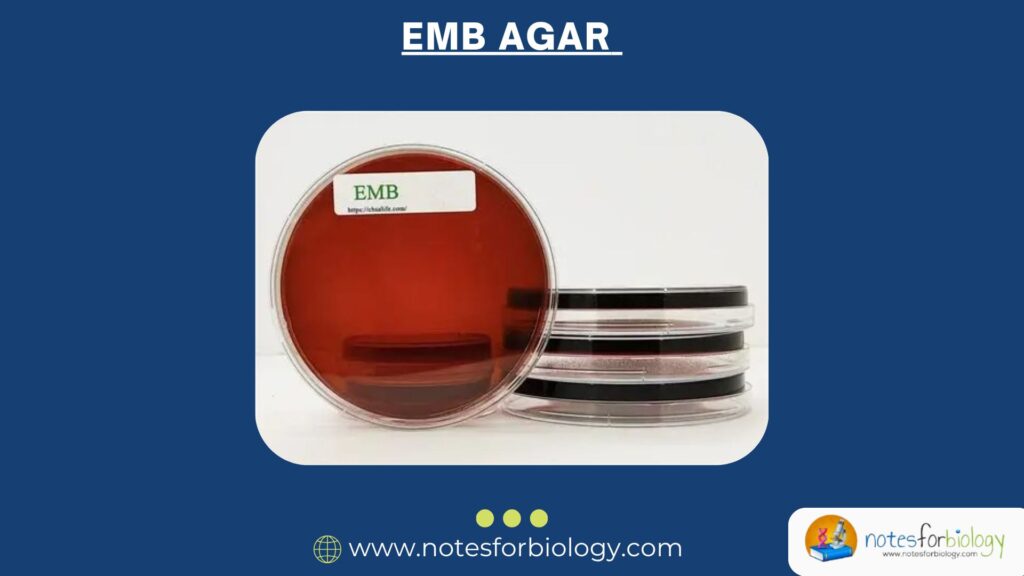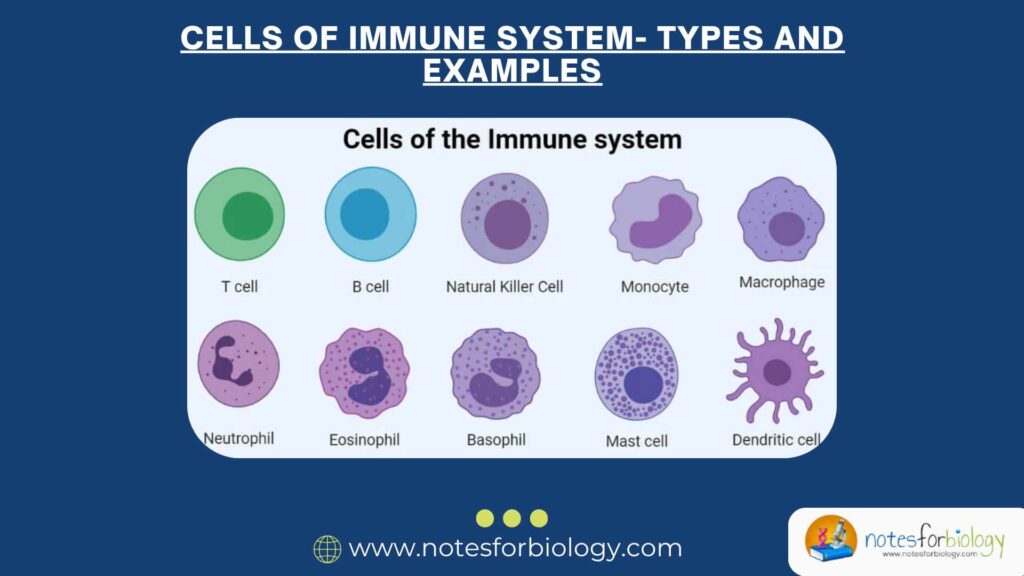Introduction
Eosin Methylene Blue (EMB) Agar is a selective and differential culture medium primarily used for the isolation and differentiation of Gram-negative enteric bacteria, especially coliforms and fecal coliforms like Escherichia coli. This medium serves as a powerful diagnostic tool in microbiology laboratories, water quality testing, and clinical diagnostics. Its unique combination of dyes not only inhibits unwanted organisms but also helps distinguish bacteria based on their lactose fermentation capabilities.
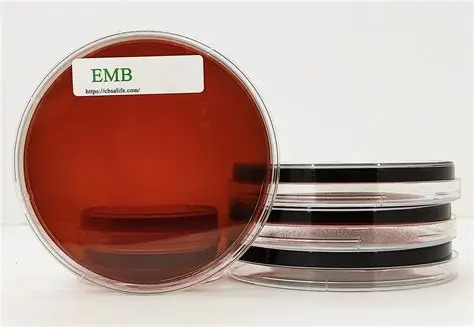
This document offers a comprehensive yet human-friendly understanding of EMB agar—its composition, principle of action, preparation methods, result interpretation, and widespread uses in modern microbiology.
Table of Contents
What is EMB Agar?
EMB Agar is a selective-differential medium used to:
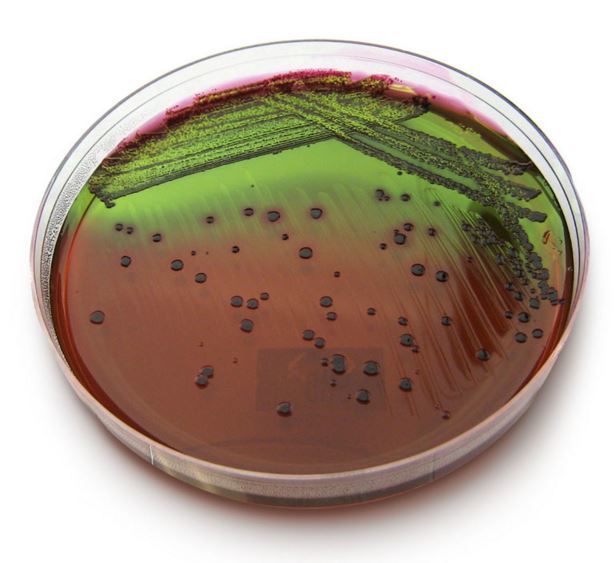
- Selectively isolate Gram-negative bacteria by suppressing Gram-positive growth
- Differentiate lactose fermenters from non-lactose fermenters
The medium is most commonly used for detecting fecal contamination in water and foods and identifying members of the Enterobacteriaceae family, particularly E. coli.
Composition of EMB Agar
The ingredients in EMB agar work synergistically to achieve selectivity and differentiation. A typical formulation per liter of distilled water is as follows:
- Peptone: 10 g (nutrient source)
- Lactose: 10 g (primary fermentable sugar)
- Dipotassium phosphate (K2HPO4): 2 g (buffer)
- Eosin Y (dye): 0.4 g (pH indicator and selective agent)
- Methylene Blue (dye): 0.065 g (selective agent and pH indicator)
- Agar: 15 g (solidifying agent)
- Distilled water: 1000 ml
Some formulations may also include sucrose to enhance differential capabilities.
Principle of EMB Agar
EMB agar works on two basic principles:
1. Selectivity
The dyes eosin Y and methylene blue inhibit the growth of Gram-positive organisms. This allows only Gram-negative bacteria to grow, making the medium selective.
2. Differential Action
The medium contains lactose, which allows for the differentiation of Gram-negative bacteria based on their ability to ferment lactose.
- Strong lactose fermenters (e.g., E. coli) lower the pH, causing dye precipitation and a metallic green sheen.
- Weak lactose fermenters (e.g., Enterobacter aerogenes) form pink to purple colonies.
- Non-lactose fermenters (e.g., Salmonella, Shigella) remain colorless or light-colored.
Preparation of EMB Agar
Materials Needed:
- EMB agar powder or individual ingredients
- Distilled water
- Heat source
- Autoclave
- Sterile Petri dishes
Step-by-Step Preparation:
- Weigh Ingredients Measure the required amount of commercial EMB agar powder (or individual ingredients).
- Dissolve in Water Add the powder to 1 liter of distilled water. Heat gently and stir until fully dissolved.
- Boil Boil the solution for 1–2 minutes to ensure complete dissolution of agar and other components.
- Sterilization Autoclave at 121°C for 15 minutes.
- Cool and Pour Let the sterilized medium cool to around 45–50°C. Pour into sterile Petri dishes (about 20 ml per plate).
- Solidify and Store Allow the plates to solidify at room temperature. Store them in a refrigerator (2–8°C) and use within 2–4 weeks.
Inoculation and Incubation
Sample Types:
- Clinical specimens (urine, feces)
- Water samples (drinking water, recreational water)
- Food samples (meat, dairy, produce)
Inoculation:
Streak the test organism or sample onto the surface of the EMB agar using a sterile loop.
Incubation:
- Incubate plates at 35–37°C for 18–24 hours in an aerobic environment.
Interpretation of Results
1. Strong Lactose Fermenters
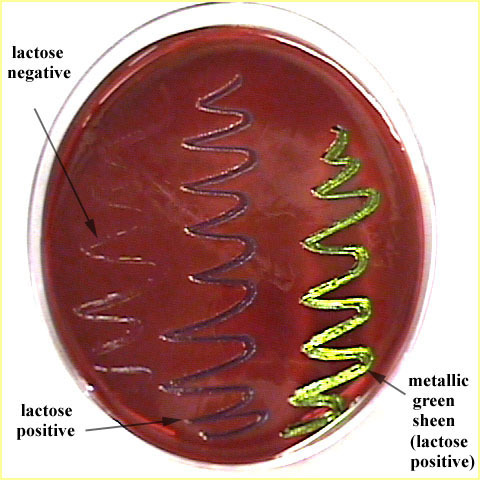
- Example: Escherichia coli
- Appearance: Colonies with metallic green sheen
- Cause: Rapid lactose fermentation produces strong acid, precipitating dyes
2. Weak Lactose Fermenters
- Example: Enterobacter aerogenes
- Appearance: Mucoid, pink to purple colonies
- Cause: Slower acid production causes limited dye precipitation
3. Non-Lactose Fermenters
- Examples: Salmonella spp., Shigella spp.
- Appearance: Colorless or transparent colonies
- Cause: No acid production; no interaction with dyes
4. Gram-positive Bacteria
- Example: Staphylococcus aureus
- Appearance: No growth or inhibited growth
Uses of EMB Agar
EMB agar is an essential medium with wide-ranging applications:
1. Detection of Coliforms
Monitors water safety by identifying fecal coliforms such as E. coli
2. Clinical Diagnostics
Diagnoses infections by detecting enteric pathogens in feces and urine
3. Food and Beverage Testing
Ensures hygiene by identifying Gram-negative contaminants in processed foods and beverages
4. Pharmaceutical Quality Control
Tests raw materials and finished pharmaceutical products for microbial contamination
5. Environmental Monitoring
Assesses microbial contamination in air, surfaces, and water in hospitals, laboratories, and cleanrooms
Advantages of EMB Agar
- Dual function: Acts as both selective and differential medium
- Quick identification of E. coli due to characteristic green sheen
- Easy to prepare and interpret
- Applicable in a wide range of sample types
- Supports both quantitative and qualitative analysis
Limitations of EMB Agar
- Not suitable for identifying Gram-positive bacteria
- Some E. coli strains may not produce the green sheen
- Weak lactose fermenters may yield ambiguous results
- Cannot distinguish pathogenic and non-pathogenic lactose fermenters
- May inhibit some fastidious Gram-negative bacteria
Storage and Shelf-Life
- Store prepared plates at 2–8°C
- Keep away from light to prevent dye degradation
- Use within 2–4 weeks for best results
Quality Control
Each batch of EMB agar should be quality-checked using known control organisms:
- E. coli ATCC 25922 – metallic green sheen (positive control)
- Enterobacter aerogenes – pink colonies (weak lactose fermenter)
- Salmonella typhi – colorless colonies (non-fermenter)
- Staphylococcus aureus – no growth (Gram-positive control)
Comparison with MacConkey Agar
| Feature | EMB Agar | MacConkey Agar |
|---|---|---|
| Dyes | Eosin Y and Methylene Blue | Crystal Violet and Neutral Red |
| Selectivity | Stronger for Gram-negative | Moderate for Gram-negative |
| Differentiation | Based on lactose fermentation and dye precipitation | Based on lactose fermentation and pH change |
| Characteristic Indicator | Metallic green sheen for E. coli | Pink colonies for lactose fermenters |
Conclusion
Eosin Methylene Blue (EMB) Agar is a robust and versatile medium that provides both selective and differential identification of Gram-negative, lactose-fermenting bacteria. It is particularly valuable for the detection of Escherichia coli in environmental, food, and clinical samples. By inhibiting Gram-positive organisms and revealing fermentation characteristics visually, EMB agar simplifies the work of microbiologists and quality control technicians.
Despite some limitations, its rapid results, simple preparation, and diagnostic clarity make it one of the most widely used media in microbiology. Understanding how to use and interpret EMB agar effectively can significantly aid in bacterial identification and contamination control.
Three Key Summary
- EMB agar selectively isolates Gram-negative bacteria while differentiating lactose fermenters from non-fermenters.
- Strong lactose fermenters like E. coli produce a characteristic metallic green sheen.
- It is widely used in water quality testing, food safety, and clinical diagnostics.
Frequently Asked Questions (FAQs)
What does a metallic green sheen on EMB agar indicate?
It typically indicates strong lactose fermentation by organisms like E. coli.
Can EMB agar grow Gram-positive bacteria?
No, the dyes eosin and methylene blue inhibit most Gram-positive organisms.
Why are some lactose fermenters pink and others green?
The intensity of lactose fermentation affects the pH, which in turn influences dye precipitation strong fermenters turn green, weaker ones appear pink.
Related Articles

